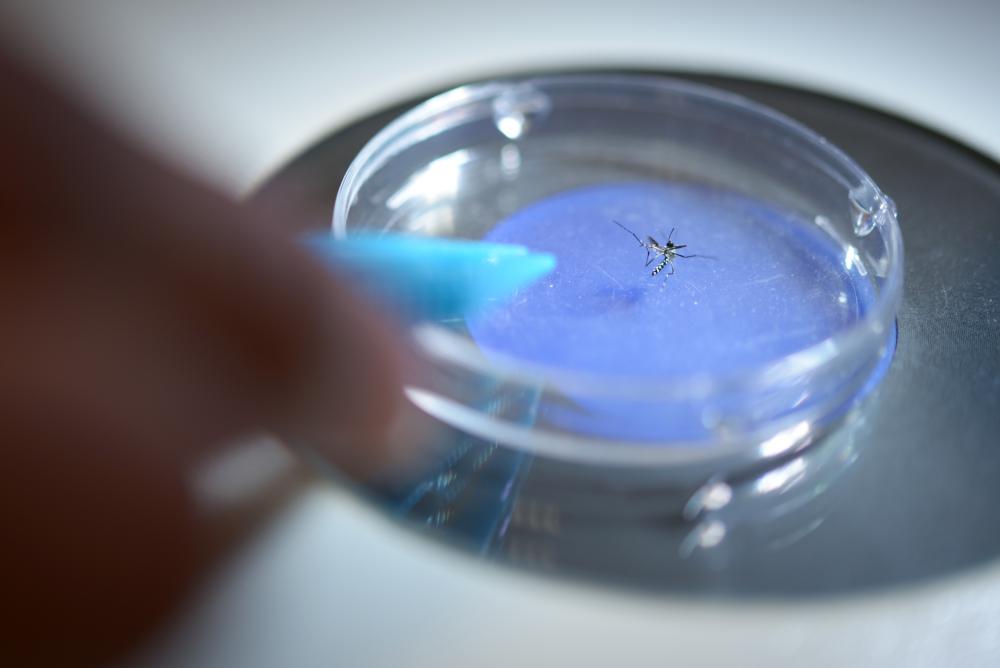Until 2007, the Zika virus remained relatively obscure. That year, however, Zika infections were recorded in three-quarters of the population of Yap, a small island located between the Philippines and Papua New Guinea. A major outbreak in French Polynesia followed in 2013.
Zika finally reached the world stage in 2014, when it spread toward Oceania and South America. A year later, it was officially identified in Brazil, and since then, millions of people have been infected in Brazil, Colombia, Venezuela, and 25 other countries in the Americas including the United States.
According to the U.S. Centers for Disease Control and Prevention (CDC), the vast majority of those infected with Zika in the United States are travelers who were infected in other areas—though there are also records of local transmission in Texas and South Florida.
Fortunately, with the right information, it is possible to protect yourself from both mosquito-borne and sexually transmitted Zika infection.
What Is the Zika Virus?
Zika is a flavivirus, like yellow fever, dengue, West Nile virus, and Japanese encephalitis. Flaviviruses belong to the arbovirus family, which consists of RNA viruses that rely on arthropods like mosquitoes and ticks for transmission.
Zika is spread primarily by the mosquito species Aedes aegypti. The host mosquito becomes infected through a blood meal from an infected vertebrate host (the virus does not harm the mosquito) and then transmits the virus via its saliva when it feeds on a new, uninfected host.
However, Zika virus has been isolated in a man’s semen in Texas, demonstrating that infected humans can sexually transmit the disease, as well.
According to the CDC, approximately 80 percent of human Zika virus infections are asymptomatic. When symptoms do manifest, though, they tend to occur two to seven days after a bite from an infected mosquito.
The symptoms resemble other arbovirus infections: fever, rash, joint pain, and conjunctivitis (red eyes). Zika infection is generally a mild illness, and symptoms last from several days to a week. However, Zika has also been associated with birth defects and neurologic problems, which makes the current outbreak especially concerning.
Areas affected by Zika have seen an increase in both the number of babies born with microcephaly—a previously rare birth defect in which a baby is born with a small head or a head that stops growing after birth—as well as the incidence of Guillain-Barré syndrome, a condition in which a person’s immune system attacks his or her peripheral nerves.
In Colombia, for instance, microcephaly cases increased around 400 percent from 2015 to 2016. And, per statistics cited in a letter from health officials, Latin American states have seen increases in the incidence of Guillain-Barré that range from 100 to 877 percent.
What’s the Connection?
These drastic increases suggest a link between Zika virus infection, Guillain-Barré syndrome, and microcephaly. Both the CDC and World Health Organization have acknowledged this association, but the exact scientific mechanism that connects Zika infection and the two conditions remains unknown.
Meanwhile, there is no specific treatment for microcephaly. Some babies grow up and live normally, but others can develop epilepsy, cerebral palsy, learning disabilities, hearing loss, and vision problems.
Treatment for Guillain-Barré mainly involves supportive care, monitoring, and some immunological therapies that can often shorten the duration of the illness and lessen symptoms, which include weakness or tingling sensations in the legs, arms, and/or face, and, in severe cases, a compromised ability to speak, swallow, and breathe.
How Can I Protect Myself?
The most widely recommended protective measure is simply to avoid mosquito bites in areas where there is a risk of transmission. Current CDC records show a risk of mosquito-borne Zika transmission in South and Central America, Africa, the Pacific Islands, India, South Asia, Florida, and Texas.
To prevent mosquito bites, the CDC recommends using insect repellent, wearing light-colored clothes that cover as much of the body as possible, using physical barriers like window screens or mosquito nets, getting rid of standing water that can serve as mosquito breeding sites, and minimizing time outside during early morning and late afternoon/evening, when A. aegypti are most active.
Women of reproductive age who are planning on getting pregnant should be especially wary when traveling to at-risk areas. The CDC recommends using condoms or practicing abstinence to avoid sexually transmitted Zika. Women who have traveled to an at-risk area and are considering conception should remain abstinent for at least eight weeks, and men in a similar position should abstain for six months.
If you experience Zika-like symptoms after traveling to an at-risk area, report to your healthcare provider as soon as possible. Blood tests are available that can detect and diagnose Zika virus. If you are diagnosed, you can protect others by avoiding any blood contact, wearing long pants and sleeves to decrease the chance of mosquitoes acquiring the virus from you, and practicing safe sex or abstinence.


